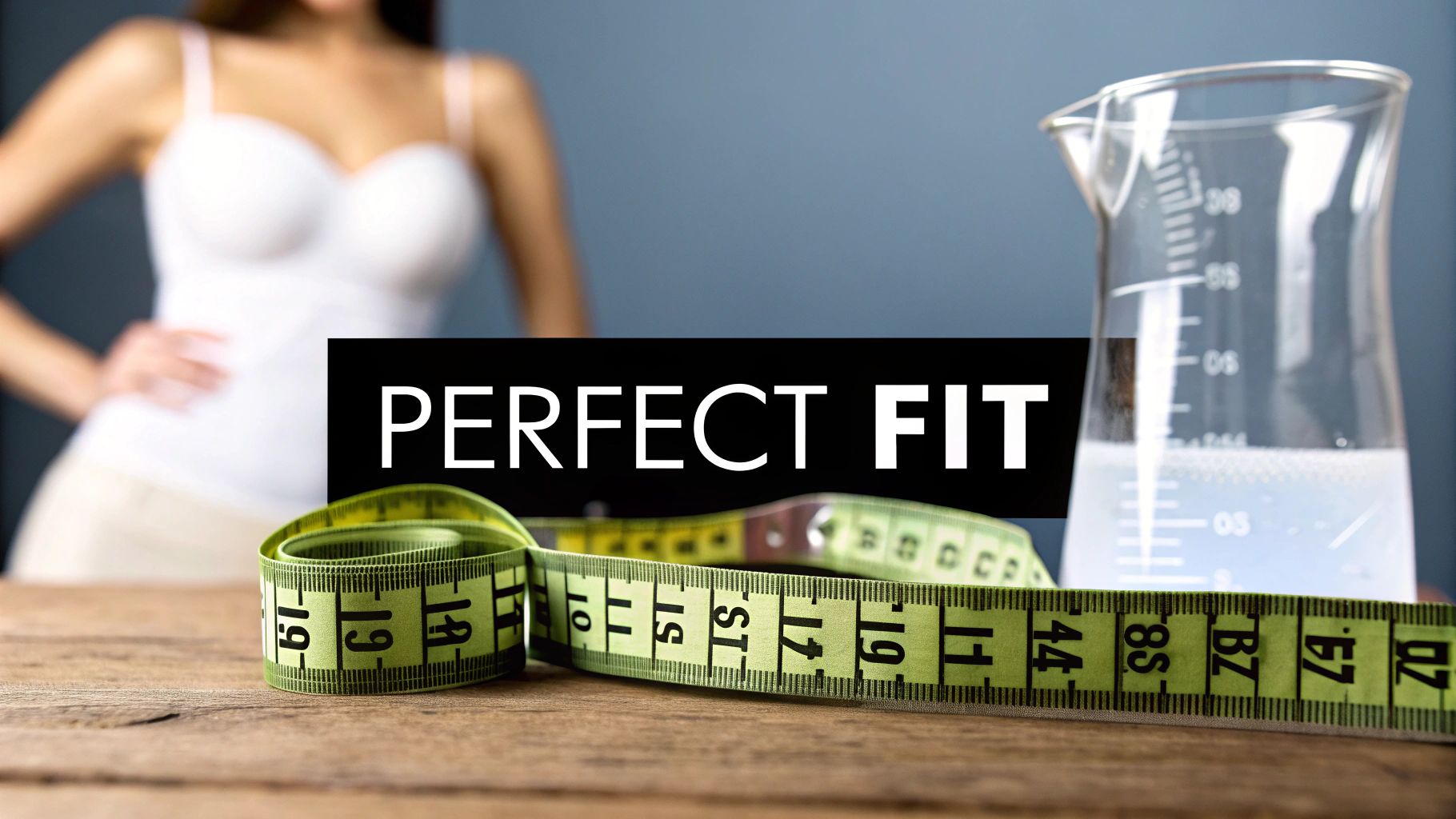
October 17, 2025
Breast Implant Size Guide: Find Your Perfect Fit
Discover our comprehensive breast implant size guide to choose the right CCs, profile, and shape. Make confident decisions for your ideal look!
Oct 16, 2025
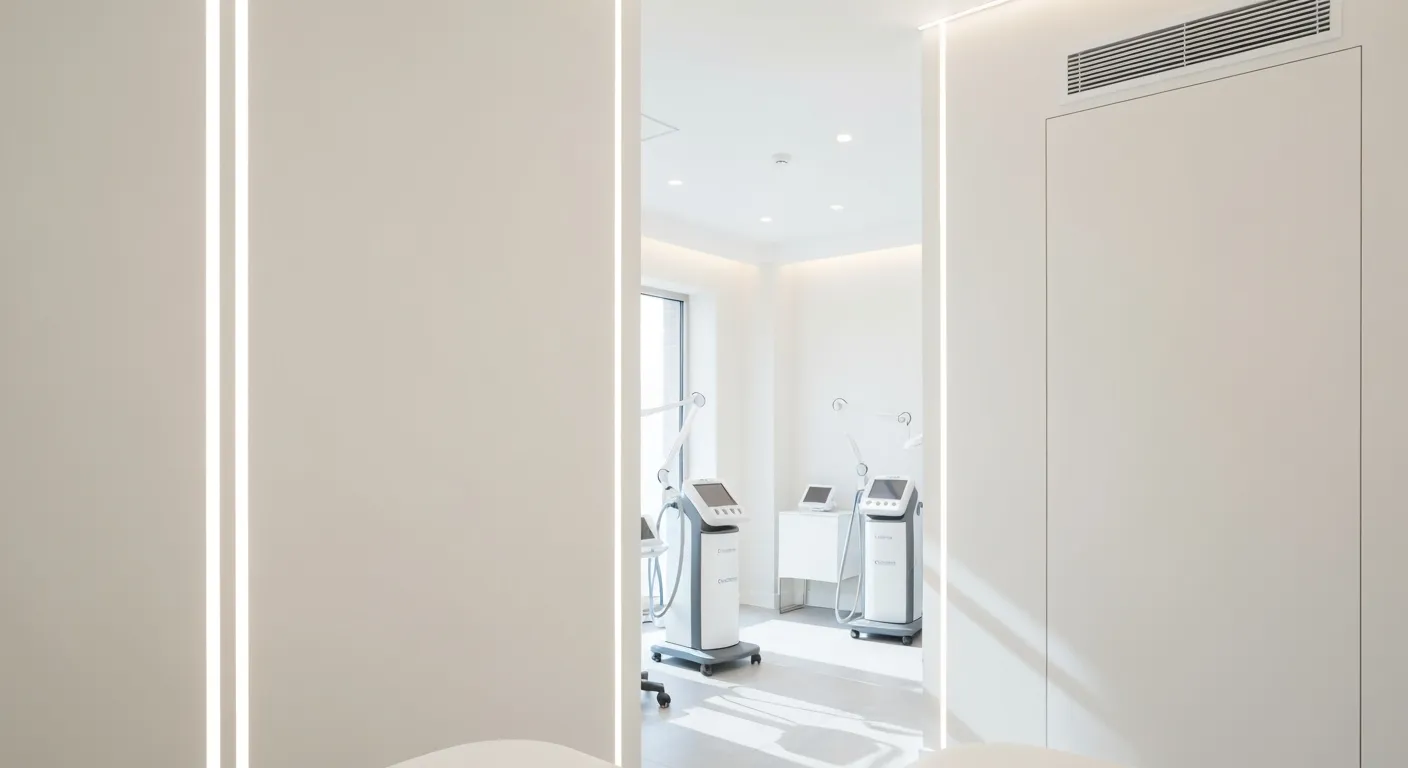
Body contouring has emerged as a transformative approach for many seeking to refine their physique beyond the limits of diet and exercise. Whether through minimally invasive techniques or surgical intervention, body contouring targets stubborn fat deposits, excess skin, and sagging tissues to achieve improved body shape and confidence. This article explores the mechanisms behind these treatments, details their benefits and risks, and highlights who should consider them as part of their body transformation journey.

Body contouring overview reshapes the body by targeting fat cells and excess skin in specific areas. It includes both non-surgical body contouring methods and surgical body contouring options suited for different needs and treatment goals.
Cryolipolysis (e.g., CoolSculpting®): Uses controlled cold temperatures to freeze fat cells, causing crystallization and cell death. The body naturally eliminates these dead cells over 2-3 months.
Radiofrequency and laser treatments: Apply heat to fat cells, damaging and destroying them while also stimulating collagen production to tighten skin.
Injection lipolysis: Involves injecting substances like deoxycholic acid to chemically break down fat cells, commonly used for reducing double chin fat.
Ultrasound therapy: Employs focused sound waves to rupture fat cells and tighten tissues.
These non-surgical treatments are typically performed over multiple sessions, require minimal downtime, and results develop gradually as explained in Non-surgical body sculpting overview.
Surgical body contouring includes:
Liposuction: Surgically removes fat deposits via suction with a cannula.
Lifts and tucks: Procedures like abdominoplasty (tummy tuck), facelifts, and breast lifts remove excess skin and tighten underlying muscles.
Surgical options are performed under anesthesia in medical facilities and produce more immediate, dramatic changes with a longer recovery period as detailed in Surgical Body Contouring Procedures and Body Contouring Recovery Times.
Body contouring commonly targets the abdomen, flanks, thighs, arms, chin, buttocks, and neck. Ideal candidates for non-surgical treatments are near their target weight with localized fat pockets resistant to diet and exercise. Surgical candidates often include those with significant skin laxity or excess after major weight loss. More on Ideal candidates for body contouring and Good candidates for body contouring.
The scientific principles of fat cell destruction, natural elimination, and tissue tightening underlie these procedures, ensuring reshaping with lasting impact when combined with a healthy lifestyle as described in The Science Behind Body Contouring.
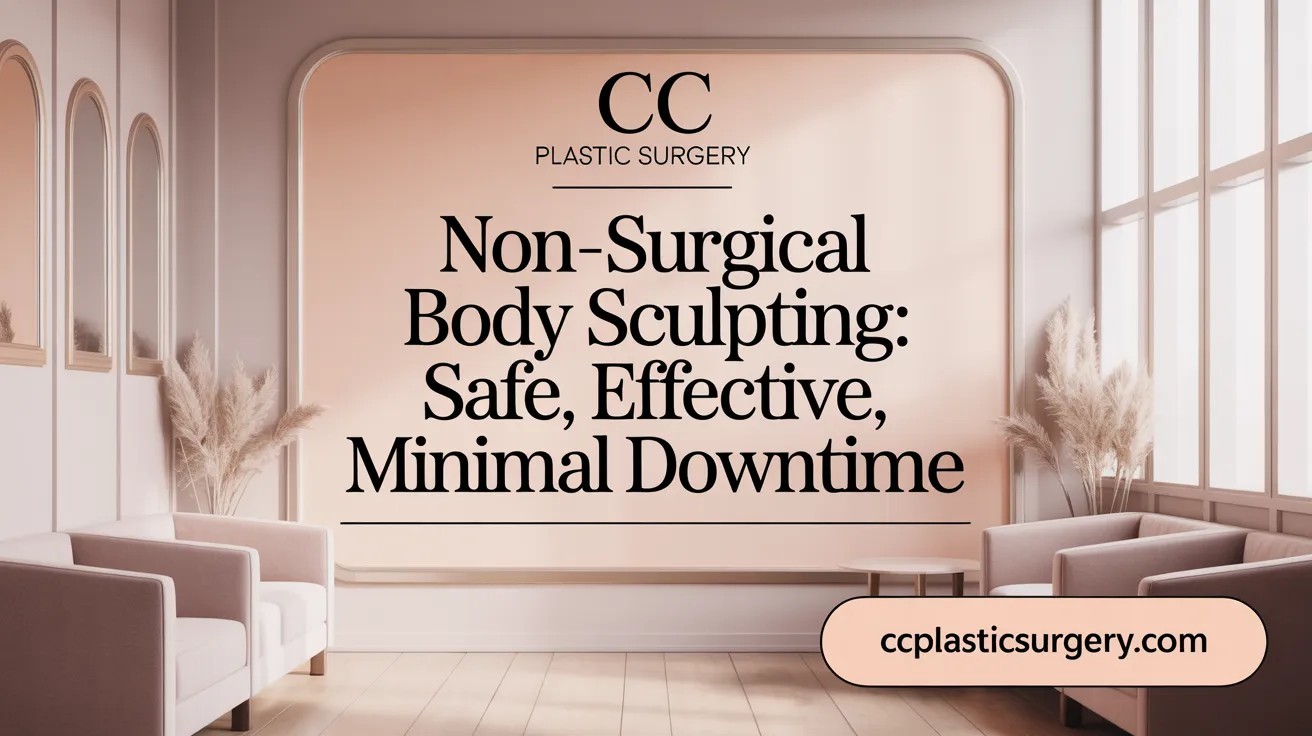
Non-surgical body contouring employs various technologies to reduce fat in specific areas without surgery. Popular methods include:
Cryolipolysis (CoolSculpting): This FDA-cleared technique freezes fat cells in targeted areas like the abdomen, thighs, arms, chin, and back. The fat cells crystallize and die, gradually removed by the body's immune system. Results typically appear within 1-3 months after treatment, with up to 25% fat reduction per session. Multiple sessions are often recommended for optimal effects. See more at Cryolipolysis (CoolSculpting) Overview.
Laser Fat Reduction (SculpSure): Using controlled laser heat, this method dismantles fat cells primarily in the abdomen and flanks. It requires about 25-30 minutes per session and shows visible results within 6-12 weeks. Multiple treatments may be needed.
Radiofrequency Lipolysis and Ultrasound: These procedures use heat or focused sound waves to destroy fat cells and can also tighten skin. Radiofrequency devices stimulate collagen production, providing mild skin tightening benefits alongside fat reduction.
Injection Lipolysis (Kybella): This involves injecting deoxycholic acid to chemically dissolve fat cells, especially effective for reducing submental fullness (double chin). Usually multiple injections are needed to see significant results.
Non-surgical body contouring is best suited for patients close to their ideal weight with localized stubborn fat pockets. Common areas treated include the abdomen, flanks, thighs, upper arms, chin, and back. For more details see Common body contouring sites.
These procedures avoid surgery and anesthesia, carry minimal risk, and have little to no downtime. Patients can usually resume regular activities immediately after treatment. The gradual nature of results allows for a more natural appearance. Learn more about Benefits of Non-Surgical Body Contouring.
Results from non-invasive methods manifest over weeks to months, often requiring 1 to 4 sessions spaced several weeks apart. The full effect of cryolipolysis appears around 2-3 months post-treatment, while laser and ultrasound methods may show improvements within 6-12 weeks. For comprehensive timelines, see Expected Results Timeline.
Side effects tend to be mild and temporary, including redness, swelling, bruising, numbness, and minor discomfort. Rare but notable risks include paradoxical adipose hyperplasia after cryolipolysis, where fat tissue enlarges instead of shrinks. More information on safety and risks is available at Body Contouring Risks and Side Effects and Non-Invasive Body Contouring Risks.
Non-surgical body contouring offers a safe and convenient way to refine body shape for suitable candidates, providing gradual improvements without the recovery time or risks of surgery. For suitability and candidacy, review Ideal Candidates for Body Contouring.
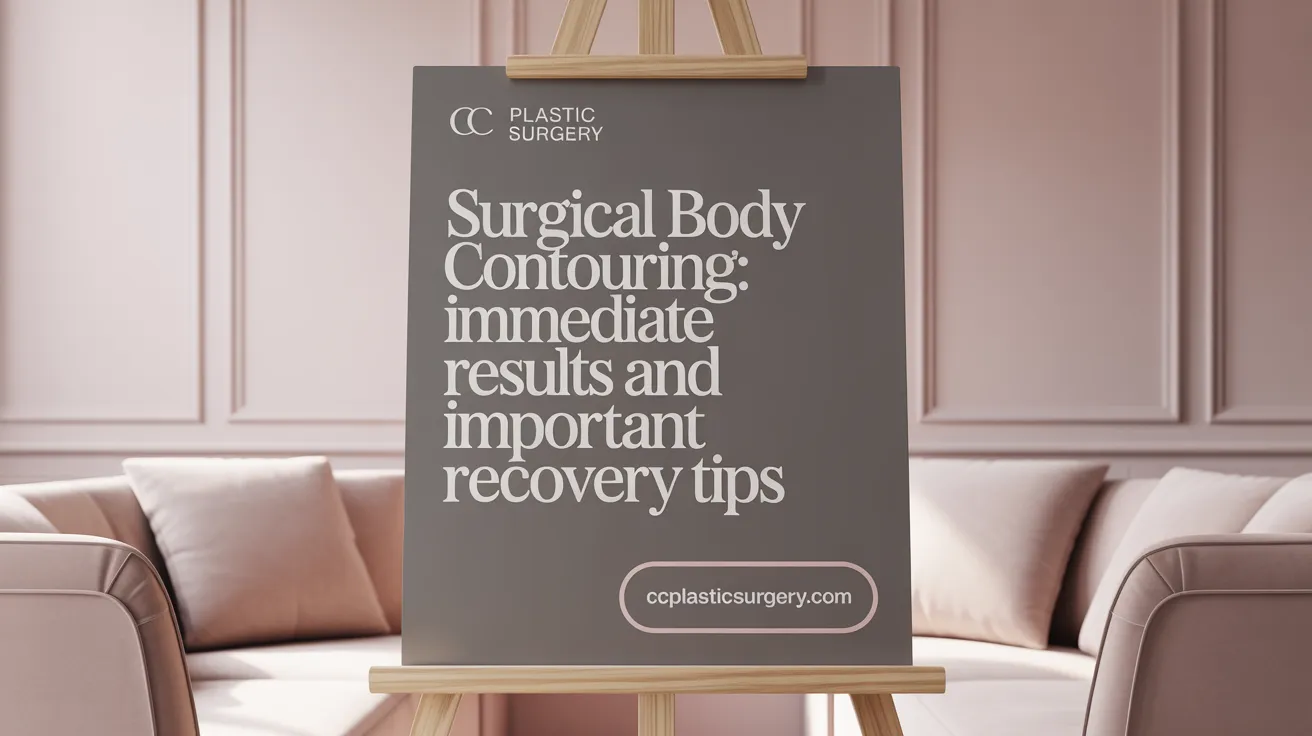
Surgical body contouring includes a variety of procedures designed to remove excess fat and skin, tighten muscles, and reshape the body following significant weight loss or when other methods fail. Common surgical options are liposuction, tummy tucks (abdominoplasty), breast lifts, arm lifts, thigh lifts, panniculectomy, and full or partial body lifts.
These surgeries are typically performed under general anesthesia in hospitals or surgical centers. The process involves making precise incisions, excising excess skin and fat, tightening underlying muscles if needed, and carefully closing the wounds to minimize scarring. Detailed surgical procedure information and anesthesia considerations are crucial for preparation.
Recovery timelines vary depending on the specific procedure but generally range from several weeks to a few months. Patients can expect initial swelling and discomfort, managed through prescribed pain medications and the use of compression garments. Careful wound management and activity restrictions, such as avoiding heavy lifting and strenuous exercise, are essential during healing. For more details on post-operative care and recovery times, consult reliable sources.
Risks associated with surgical body contouring include bleeding, infection, anesthesia-related complications, nerve injury, scarring, asymmetry, and issues with wound healing. Proper preoperative evaluations such as health history reviews and cessation of smoking contribute to minimizing these risks. For comprehensive safety information, see surgical body contouring risks, possible complications, and post-operative complication signs.
Compared to non-surgical body contouring, surgical options provide more immediate and significant reshaping results. However, they require longer recovery times and carry higher risks due to their invasive nature. Understand the advantages and risks of surgical vs. non-surgical body contouring to make an informed decision.
Choosing to undergo surgical body contouring involves weighing the benefits of more dramatic improvements against the imperatives of proper recovery and the potential for complications, emphasizing the importance of consultation with a qualified plastic surgeon.

Good candidates are adults in good overall health, who have reached and maintained a stable weight, typically within 15-20% of their goal weight. They usually have stubborn fat deposits or excess skin areas that do not respond to diet and exercise. For more details, see Body contouring candidates.
Surgical candidates often include individuals who have experienced significant weight loss leading to excess loose skin. Non-surgical candidates generally require sufficient skin elasticity and seek improvement of localized fat pockets without surgery. Learn more about Surgical vs Non-Surgical body contouring options.
Maintaining a stable weight helps ensure lasting results post-procedure. Good health reduces risks during surgery and supports proper healing. Candidates should have no serious medical conditions that could impair recovery. For guidance on Body contouring candidacy and eligibility.
Non-smokers are preferred as smoking delays healing and impairs circulation. Commitment to regular exercise and balanced nutrition before and after treatment supports sustained outcomes. Review recommendations on Preparing for body contouring surgery.
Candidates should have positive outlooks and understand that body contouring is for personal aesthetic enhancement, not dramatic weight loss. Realistic expectations help avoid disappointment and support satisfaction. See more under Body contouring consultation and goal setting.
Patients typically undergo consultations with a plastic surgeon where medical history, physical exams, and sometimes blood tests are reviewed. Goals are discussed, and customized treatment plans are developed to match individual needs. Detailed info on Pre-procedure consultation and evaluation.
These factors combine to help ensure the body contouring experience is safe, effective, and aligned with the patient's personal health and aesthetic objectives.
Body contouring offers several advantages aimed at reshaping and enhancing the appearance of targeted body areas. Benefits include improving body definition, reducing stubborn fat deposits, tightening loose skin, and achieving a more youthful and smoother appearance. These improvements can also boost self-confidence and alleviate physical discomfort, like irritation or chafing caused by excess skin, especially following significant weight loss. For detailed information, see Benefits of Body Contouring.
Surgical body contouring methods, such as liposuction and tummy tucks, produce more immediate and dramatic results. However, recovery periods are longer, often requiring weeks to months for healing, and patients must follow strict post-procedure care routines. Non-surgical options like cryolipolysis (CoolSculpting®), laser lipolysis, and radiofrequency treatments deliver gradual improvements over weeks or months but typically involve minimal downtime and lower risks. See Non-Surgical Lipolysis Methods and Surgical Body Contouring Options for more.
Potential side effects and risks differ by procedure type. Surgical risks include bleeding, infections, scarring, asymmetry, nerve damage, and complications related to anesthesia. Non-surgical treatments generally cause mild side effects such as redness, swelling, discomfort, or bruising. Rarely, specific conditions like paradoxical adipose hyperplasia may occur after cryolipolysis. See Risks of Body Contouring and Body Contouring Risks and Complications for comprehensive coverage.
Post-procedure care is crucial for a safe and successful recovery. Surgical patients need to manage incisions carefully, avoid strenuous activities initially, wear compression garments, and monitor for signs of infection or complications such as fever, unusual swelling, or severe pain. Non-surgical patients can often resume normal activities immediately but should still attend follow-up appointments to assess progress. See Post-Operative Care Instructions and Body Contouring Recovery Times for guidance.
Insurance coverage for body contouring is often considered when procedures address medically necessary concerns, such as removing excess skin that causes functional impairment after massive weight loss. Cosmetic procedures without such indications usually are not covered. Patients should consult with their healthcare provider and insurance to verify eligibility and required documentation. For more details, refer to Body contouring and insurance coverage.
Overall, body contouring procedures offer significant aesthetic and comfort benefits, balanced against potential risks that vary with the invasiveness of the treatment. Thorough consultation, realistic goals, and adherence to post-care instructions optimize outcomes and minimize complications. For comprehensive information, see Body Contouring Overview and Consultation Before Body Contouring.
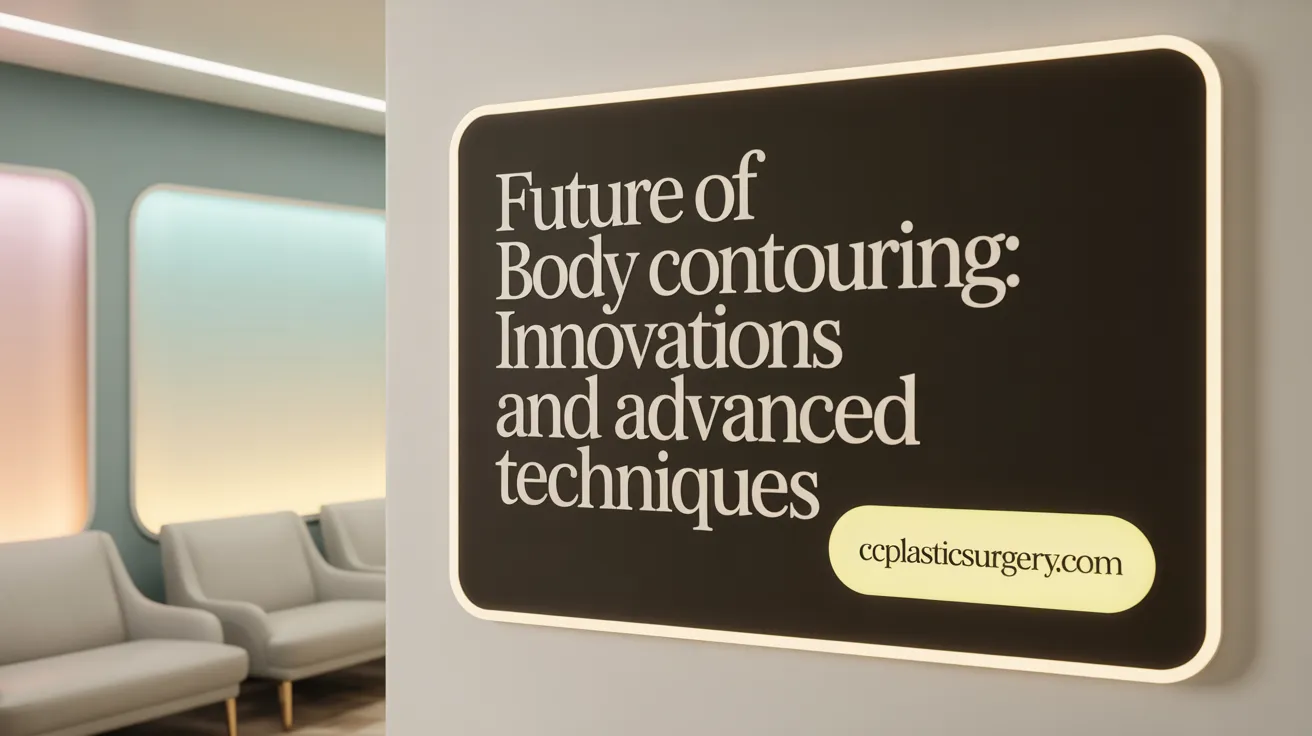
Recent innovations in body contouring have introduced cutting-edge devices like Emsculpt Neo Technology, which uniquely combines radiofrequency heating with high-intensity electromagnetic energy. This technology simultaneously destroys fat cells and stimulates muscle contractions, offering dual benefits of fat reduction and muscle toning in a non-invasive manner. Such combination treatments are rapidly gaining popularity among patients seeking effective results with minimal recovery time.
There is a growing preference for minimally invasive or non-surgical body contouring procedures that reduce downtime and lower complication risks compared to traditional surgery. Technologies are evolving to offer more precise targeting of fat pockets while enhancing skin tightening and improving muscle definition.
Choosing a board-certified plastic surgeon or a qualified aesthetic professional remains a critical factor in ensuring patient safety and achieving satisfying outcomes. Expert providers tailor treatment plans that may combine different modalities for comprehensive body sculpting.
Finally, sustaining results relies heavily on patients’ commitment to healthy lifestyle choices, including balanced nutrition and regular physical activity. As technology advances, future trends emphasize increased precision, improved safety profiles, and customized approaches designed to meet diverse body types and aesthetic goals.
Body contouring treatments offer a diverse range of options tailored to individual needs, from non-invasive fat reduction techniques to comprehensive surgical procedures. Understanding how these treatments work, their benefits, risks, and candidate suitability is essential for achieving satisfying and safe results. Whether considering subtle body sculpting or significant reshaping after weight loss, consultation with qualified health professionals ensures personalized care and maximizes outcome potential. Committing to a stable weight and healthy lifestyle further supports lasting results, empowering individuals to enhance both their appearance and confidence.

October 17, 2025
Discover our comprehensive breast implant size guide to choose the right CCs, profile, and shape. Make confident decisions for your ideal look!
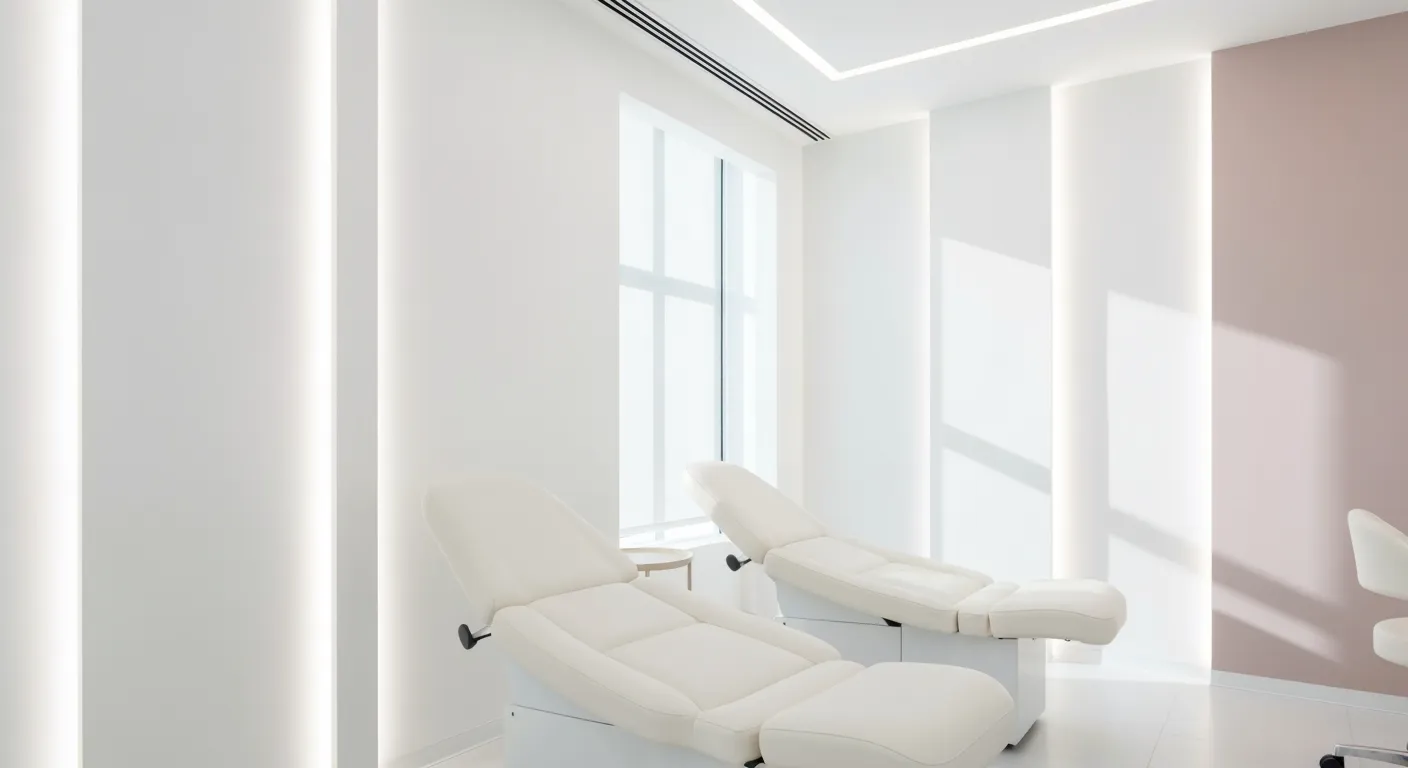
October 17, 2025
Demystifying Plastic Surgery: Essential Insights for Prospective Patients

October 17, 2025
Your Guide to a Smooth and Speedy Recovery After Plastic Surgery